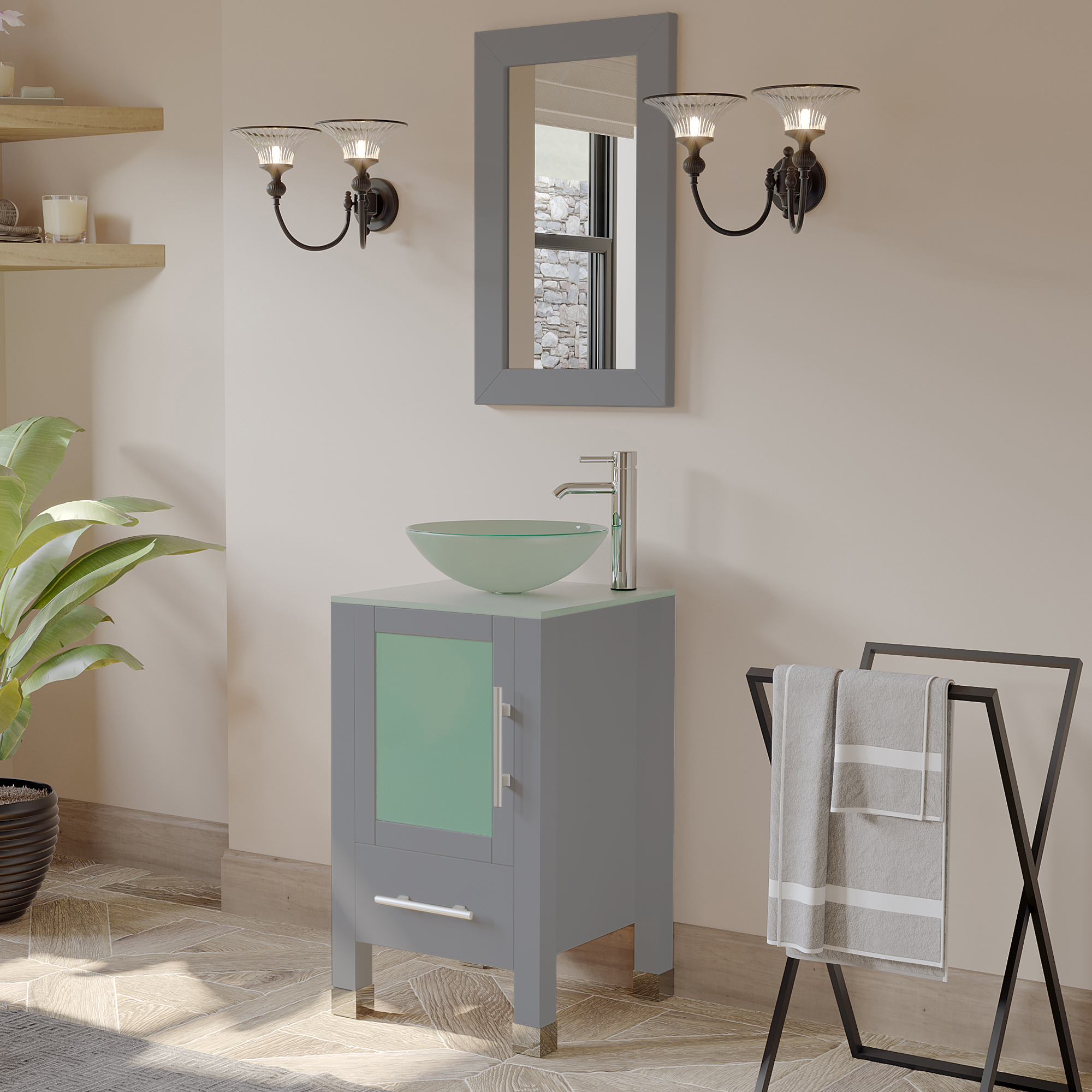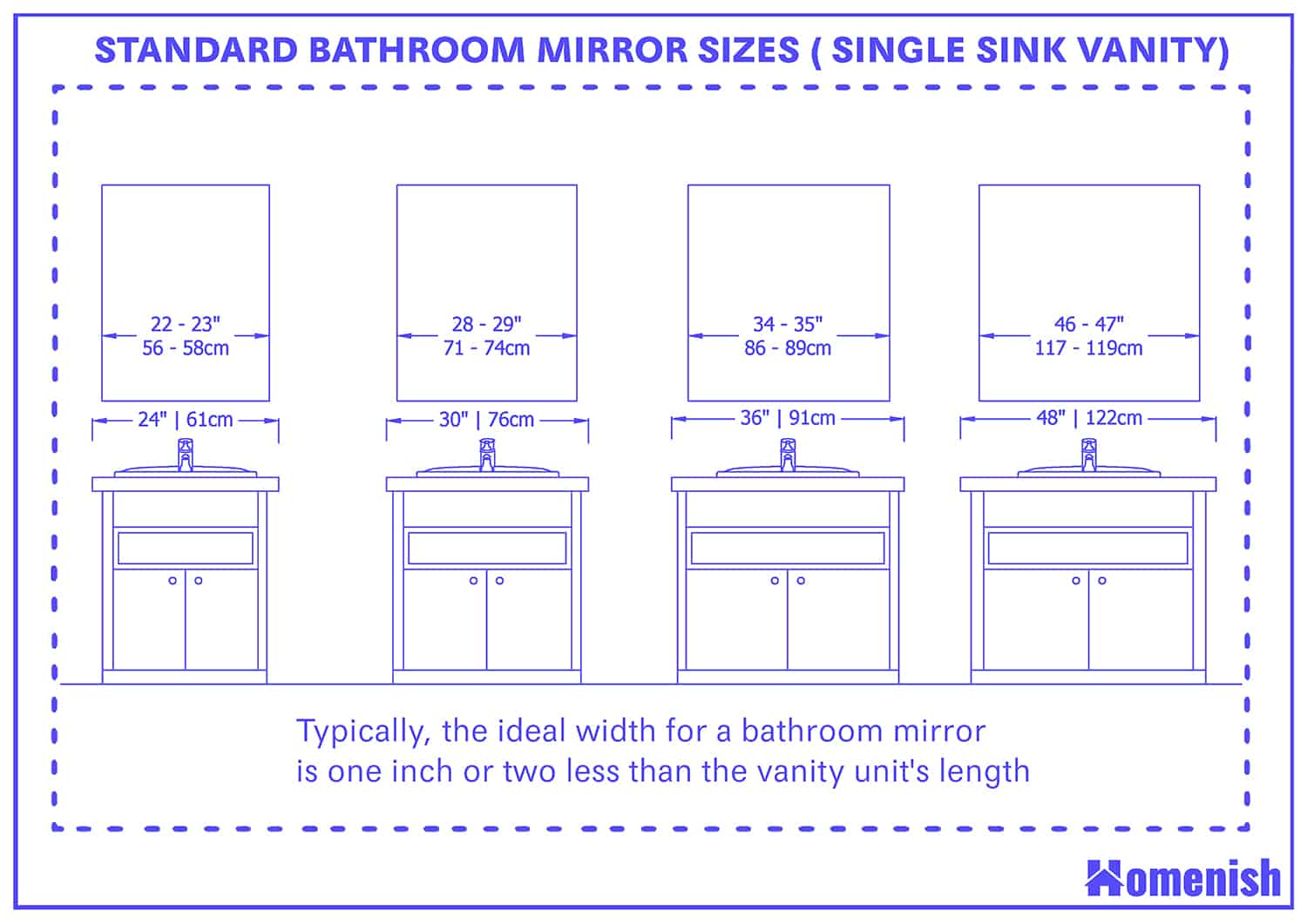The Appeal of Floating Vanities

Floating vanities, especially those measuring 18 inches in width, have become a popular choice for bathroom design. Their sleek and modern aesthetic, coupled with their practical benefits, makes them a desirable option for homeowners seeking to elevate their bathroom’s style and functionality.
Space-Saving Features
Floating vanities are known for their space-saving capabilities, particularly in smaller bathrooms. By eliminating the need for bulky legs or cabinets that touch the floor, these vanities create a sense of openness and airiness, making the bathroom feel larger. The open space underneath the vanity can also be utilized for storage solutions like baskets or bins, maximizing the available space.
Modern Aesthetics
Floating vanities contribute to a contemporary and minimalist bathroom design. Their clean lines and floating appearance create a sleek and sophisticated look, enhancing the overall visual appeal of the space. They are also available in various materials, finishes, and styles, allowing for customization to match the desired aesthetic.
Ease of Cleaning
The open space underneath a floating vanity makes cleaning the bathroom floor much easier. Traditional vanities often obstruct access to the floor, making cleaning difficult. Floating vanities eliminate this issue, allowing for effortless sweeping and mopping, maintaining a clean and hygienic bathroom environment.
Enhanced Bathroom Look and Feel
Floating vanities can significantly enhance the overall look and feel of a bathroom. Their modern aesthetic can transform a dated bathroom into a stylish and contemporary space. They also create a sense of visual interest and draw attention to the vanity area, making it a focal point of the bathroom.
Floating vanities are a popular choice for bathrooms with limited space, as they can help to create a sense of openness and airiness.
Design Considerations for 18″ Floating Vanities
An 18″ floating vanity is a compact and stylish solution for smaller bathrooms, offering a functional and visually appealing storage space. However, selecting the right 18″ floating vanity involves considering several design aspects to ensure it complements your bathroom’s style and meets your needs.
Size and Dimensions
The size of an 18″ floating vanity is its defining characteristic. It is a compact option that provides a balance between functionality and space efficiency. The 18″ width typically allows for a single sink and limited storage space. However, manufacturers offer variations in depth and height, providing flexibility in choosing the right dimensions for your bathroom. Consider the available space and the overall layout of your bathroom when choosing the dimensions of your vanity.
Materials and Finishes, 18 floating bathroom vanity
The materials and finishes of an 18″ floating vanity play a crucial role in its aesthetics and durability. Common materials include:
- Wood: Natural wood, such as oak, maple, and cherry, adds warmth and sophistication. It can be stained or painted to match your bathroom’s decor.
- Laminate: Laminate offers a durable and affordable option, available in a wide range of colors and patterns to complement various styles.
- Acrylic: Acrylic is a lightweight and water-resistant material that is easy to clean and maintain.
- Metal: Metal vanities, often made from stainless steel or aluminum, offer a modern and sleek look.
Finishes can include:
- Painted: Painted finishes offer a wide range of colors and can be customized to match your bathroom’s decor.
- Stained: Stained finishes highlight the natural grain of wood, adding warmth and character.
- Polished: Polished finishes create a sleek and sophisticated look.
Styles
18″ floating vanities are available in various styles to suit different bathroom aesthetics.
- Contemporary: Contemporary vanities are characterized by clean lines, minimalist designs, and often feature sleek materials like acrylic or metal. They are ideal for modern bathrooms with a minimalist aesthetic.
- Traditional: Traditional vanities feature ornate details, intricate carvings, and often incorporate natural wood finishes. They are perfect for bathrooms with a classic or vintage style.
- Transitional: Transitional vanities blend elements of both contemporary and traditional styles, offering a balanced and versatile look. They are suitable for bathrooms with a mix of modern and classic elements.
Recommendations for Different Bathroom Sizes and Layouts
- Small Bathrooms: For small bathrooms, an 18″ floating vanity is an excellent choice. It maximizes space by keeping the floor clear and creating a sense of openness. Choose a vanity with a simple design and light colors to make the space feel larger.
- Medium-Sized Bathrooms: In medium-sized bathrooms, an 18″ floating vanity can serve as a secondary vanity or a vanity for a powder room. Consider a vanity with additional storage features, such as drawers or shelves, to maximize functionality.
- Large Bathrooms: In larger bathrooms, an 18″ floating vanity can be used as a statement piece in a guest bathroom or a smaller vanity in a master bathroom. Opt for a vanity with a bold design and a unique finish to create a focal point.
Installation and Maintenance: 18 Floating Bathroom Vanity

Installing an 18″ floating vanity is a rewarding project that can significantly enhance your bathroom’s aesthetic and functionality. This process requires careful planning and execution, but with the right tools and knowledge, you can achieve a professional-looking result. This section will guide you through the installation process, address common challenges, and provide tips for maintaining your vanity’s longevity and appearance.
Installing an 18″ Floating Vanity
Installing an 18″ floating vanity involves several steps, including:
- Preparation: Ensure the wall is level and sturdy. If necessary, reinforce the wall with additional studs or plywood.
- Marking and Drilling: Determine the desired height and mark the wall accordingly. Drill pilot holes for the vanity’s mounting brackets.
- Installing Brackets: Secure the mounting brackets to the wall using appropriate screws.
- Installing the Vanity: Carefully hang the vanity onto the brackets, ensuring it is level.
- Connecting Plumbing: Connect the vanity’s plumbing to the existing water supply and drain lines.
- Finishing Touches: Install the vanity’s hardware, such as handles and faucets, and ensure all connections are secure.
Common Installation Challenges and Solutions
Installing an 18″ floating vanity can present some challenges, but with the right approach, you can overcome them. Here are some common challenges and solutions:
- Uneven Walls: Use shims or leveling wedges to adjust the vanity’s position and ensure it is level.
- Insufficient Wall Support: Reinforce the wall with additional studs or plywood to provide adequate support for the vanity.
- Difficult Plumbing Access: Consider using flexible supply lines or relocating the plumbing to make connections easier.
- Electrical Wiring: Carefully plan the vanity’s location to avoid interfering with electrical wiring. Consult an electrician if necessary.
Maintaining an 18″ Floating Vanity
Proper maintenance is crucial for preserving the beauty and functionality of your 18″ floating vanity. Here are some tips for ensuring its longevity and appearance:
- Clean Regularly: Wipe down the vanity’s surface with a soft, damp cloth and a mild cleaner. Avoid abrasive cleaners that can damage the finish.
- Protect from Water Damage: Ensure the vanity’s sealant is intact and apply a fresh coat as needed. Dry any spills promptly.
- Inspect Regularly: Periodically check the vanity’s hardware, such as handles and faucets, for signs of wear and tear. Replace any damaged parts promptly.
- Avoid Heavy Loads: Do not overload the vanity’s countertop or shelves. Distribute weight evenly to prevent damage.
